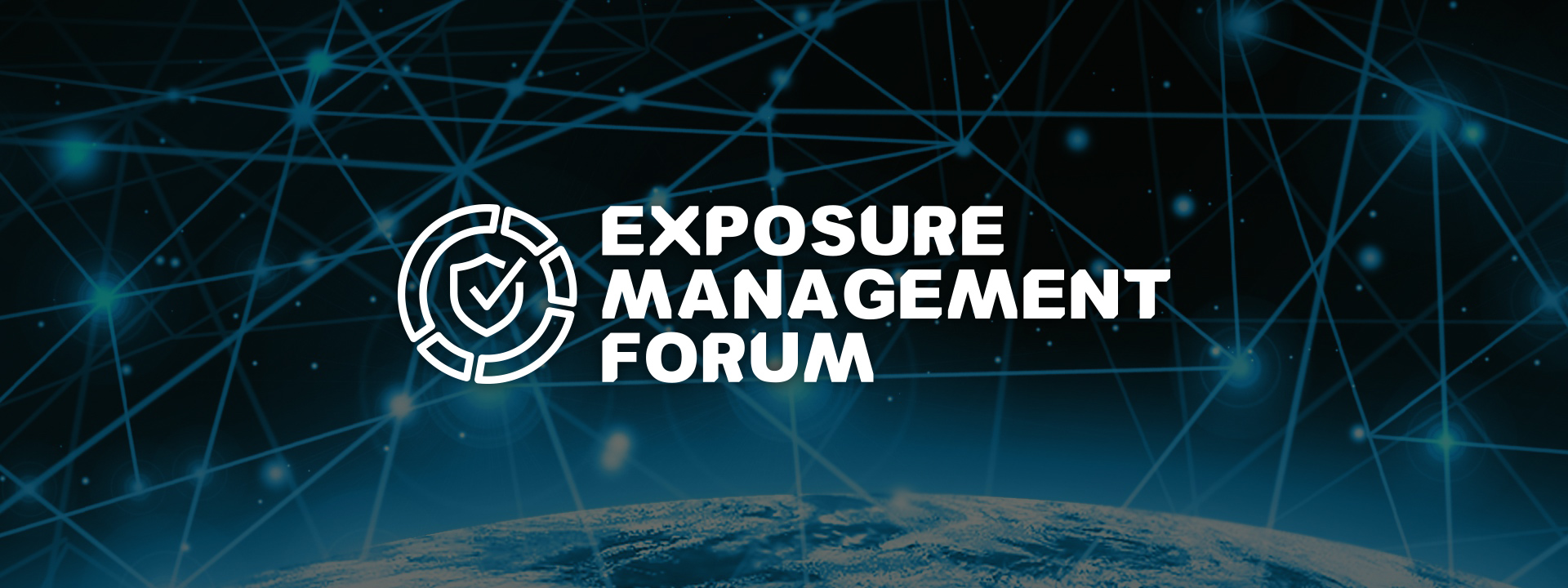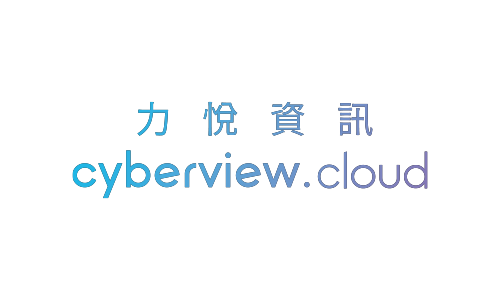
Exposure Management Forum explores how to comprehensively manage cybersecurity exposure, integrating threat intelligence and risk management to enhance proactive defense against evolving threats.
- 4/15 (Tue.) 14:00 - 17:00 | 701D Meeting Room
- 4/17 (Thur.) 16:15 - 16:45 | 701G Meeting Room
14:45 - 15:15
7F 701D
1. Introduction to Vicarius
2. How Long Have Vulnerabilities Been Troubling Us?
3. One-Stop Vulnerability Remediation Platform with AI Assistance at Every Step:
(1) Discovery: Asset environment mapping, unknown zero-day vulnerabilities, software relationships, network scanning
(2) Analysis and Contextual Prioritization: Multi-dimensional Vulnerability scoring system, real-time network threat landscape, dynamic vulnerability environment.
(3) Remediation: Single or recurring Playbooks, Script Based Remediation and Operation, patch rollback, AI-driven remediation suggestions, Next Generation Patchless Protection
- Vulnerability Management
- Zero-day Vulnerability


16:15 - 17:00
7F 701D
As cyber threats facing enterprises become increasingly complex and diverse, ASUS has developed a robust approach to enhance visibility and real-time responsiveness through External Attack Surface Management (EASM) combined with threat intelligence resources. This article delves into how ASUS integrates various threat intelligence sources, collects relevant information from a multitude of data streams, and employs automation to bolster cybersecurity defenses.
We will explore how EASM can be leveraged to meet enterprise needs by integrating threat intelligence, including the use of both commercial and free methods to observe EASM, manage digital assets, and threat intelligence platforms. The process of gathering different threat intelligence sources and filtering intelligence content will also be discussed. Subsequently, we will examine how to utilize data from threat intelligence platforms to integrate enterprise Open Source security risks, focus on high-risk vulnerabilities, and enhance overall security.
Additionally, we will introduce the use of the AIL Project for intelligence gathering, particularly extracting, crawling, mining, and analyzing unstructured data from private channels and the dark web to obtain valuable threat intelligence. These insights will be automatically converted into critical notifications to establish an efficient alert mechanism, ensuring enterprises can respond to potential threats in real-time.
Finally, we will share ASUS future plans, including more comprehensive data collection and the future integration of CTI with LLM (Language Learning Models), to further enhance the enterprise’s security defense capabilities.
This comprehensive approach demonstrates ASUS commitment to providing robust cybersecurity measures through the intelligent integration of diverse data sources and automated threat intelligence processes.
- Threat Intelligence
- Enterprise Security
- CSIRT
16:15 - 16:45
7F 701G
This presentation explores how predictive threat intelligence (PTI) can revolutionize cybersecurity practices by enabling proactive threat detection and mitigation. It delves into best practices for implementing PTI, emphasizing its integration with external attack surface management (eASM) strategies to safeguard external-facing assets against modern cyber threats.
The talk highlights practical steps to align PTI with eASM, leveraging advanced data analytics and DNS datasets for real-time threat identification. Addressing Taiwan’s unique cybersecurity challenges, the presentation offers localized insights and actionable solutions, empowering organizations to enhance their defensive posture while staying ahead of evolving threats.
The session concludes with a forward-looking discussion on emerging trends in threat intelligence and collaborative opportunities for Taiwan to lead in regional cybersecurity innovation. This talk is designed for cybersecurity professionals, policymakers, and enterprise leaders who aim to advance their cyber defense strategies.
- Threat Intelligence
- Attack Surface Management
- Machine Learning
More speakers and agenda details will be announced soon.
CYBERSEC 2025 uses cookies to provide you with the best user experience possible. By continuing to use this site, you agree to the terms in our Privacy Policy 。









